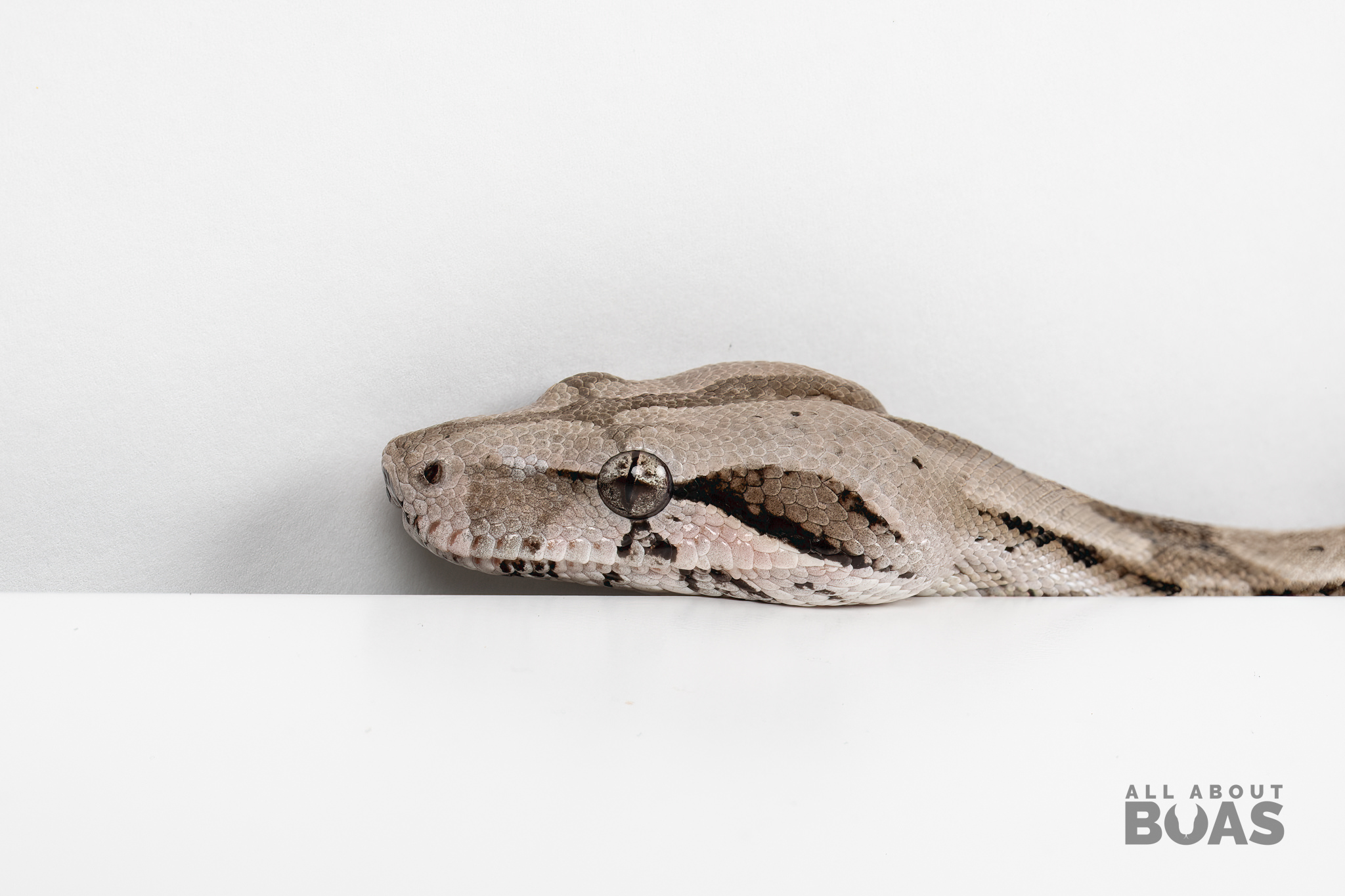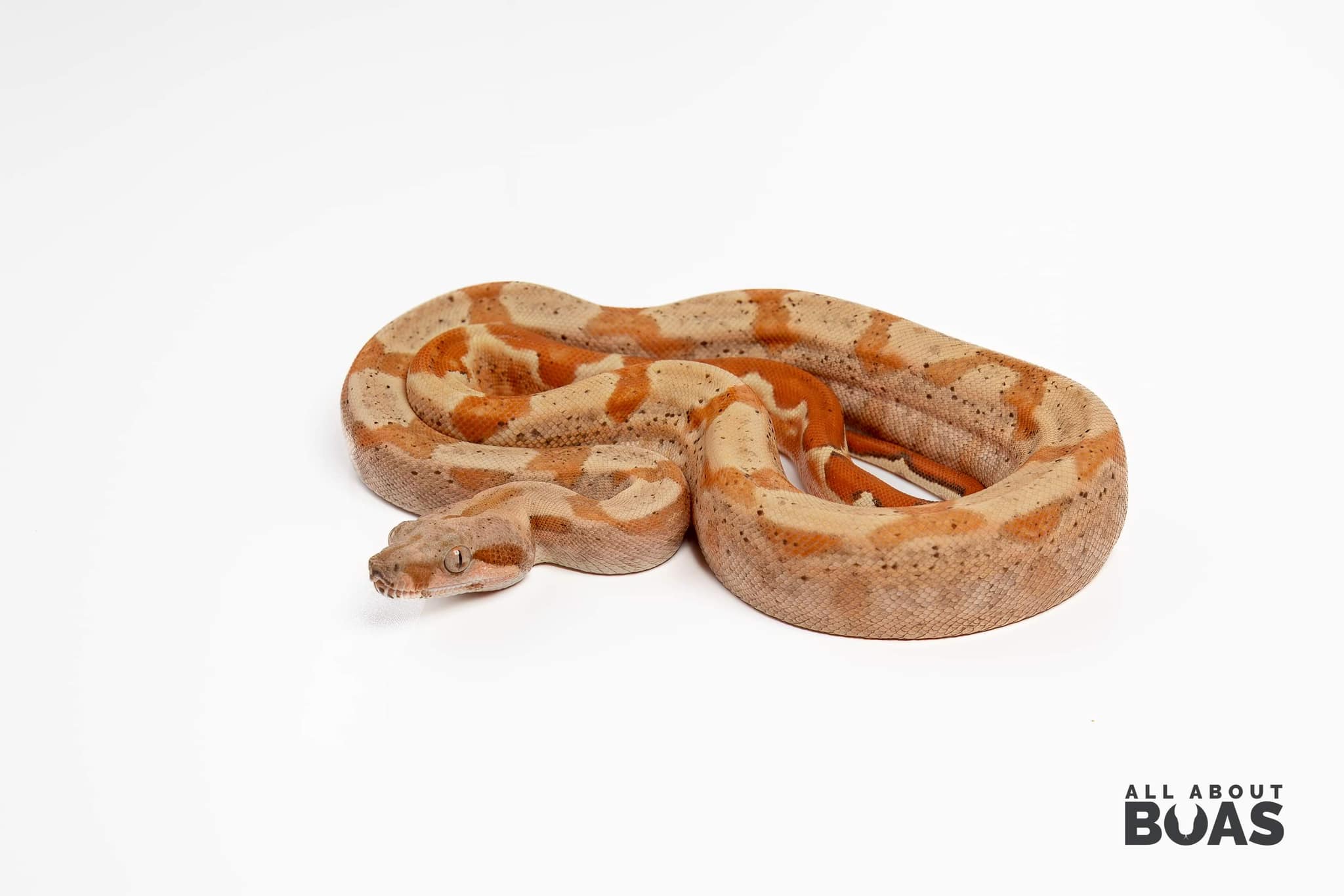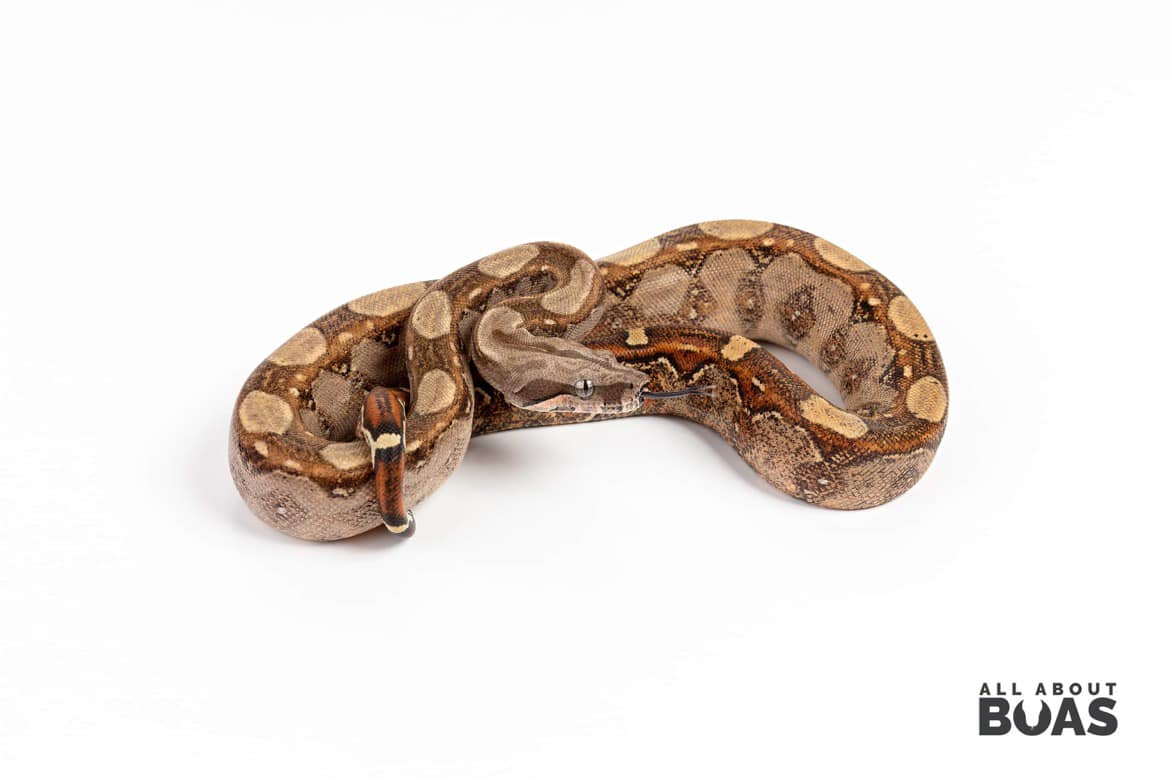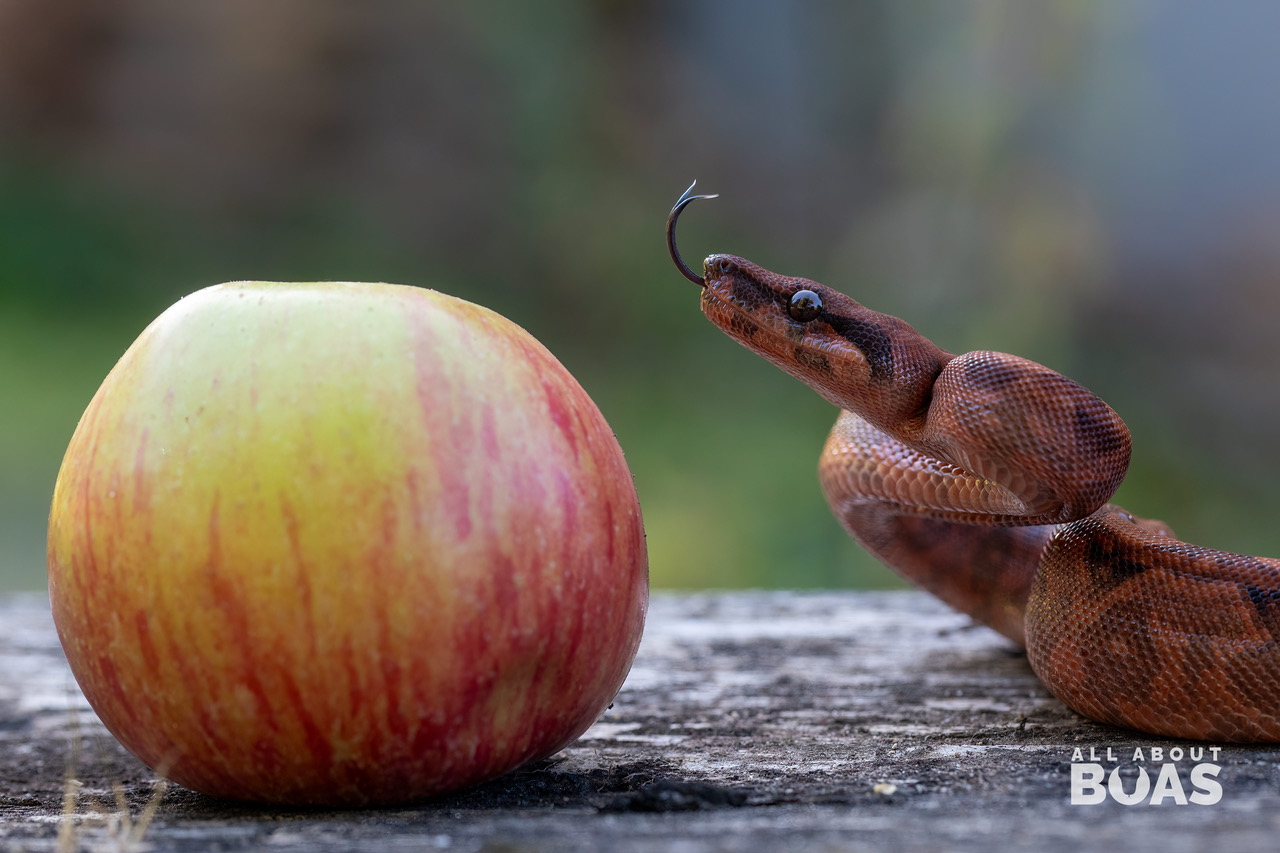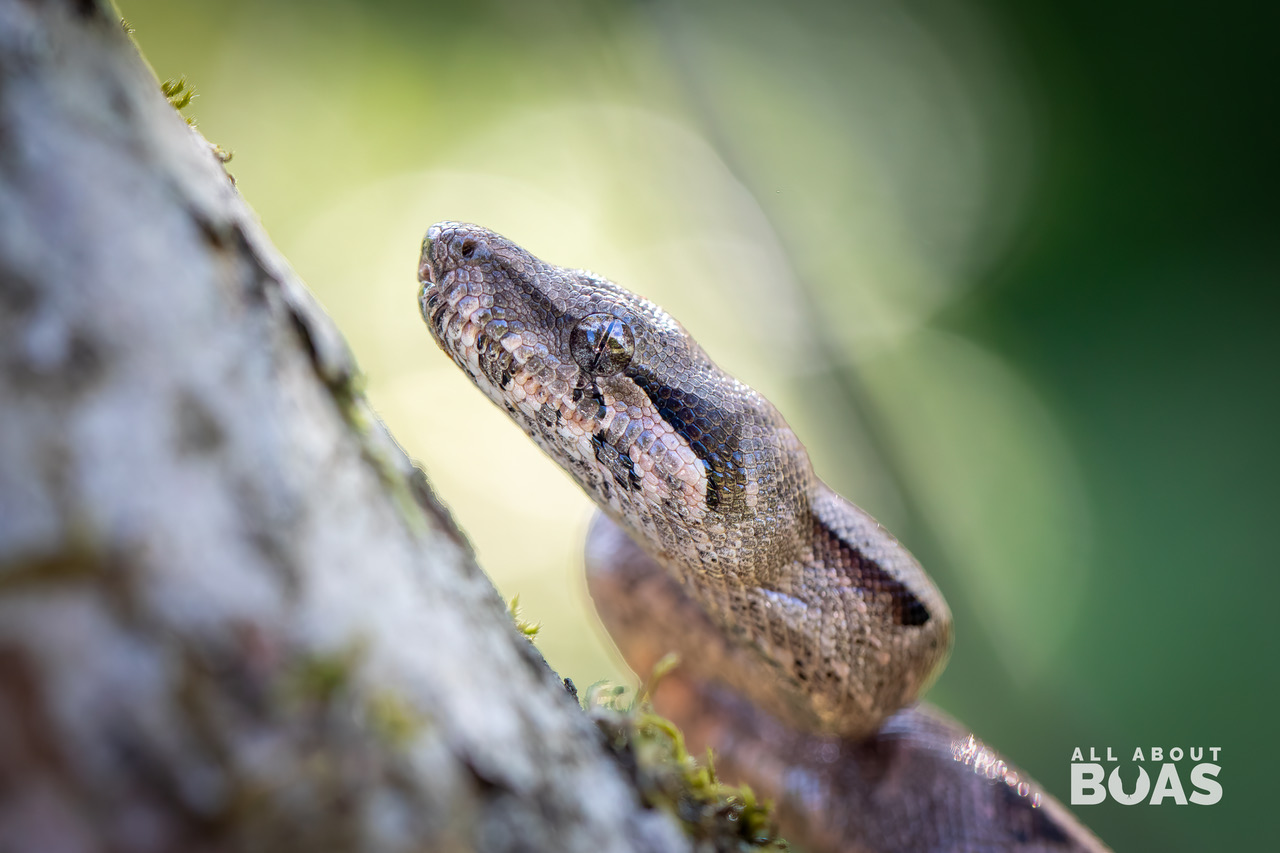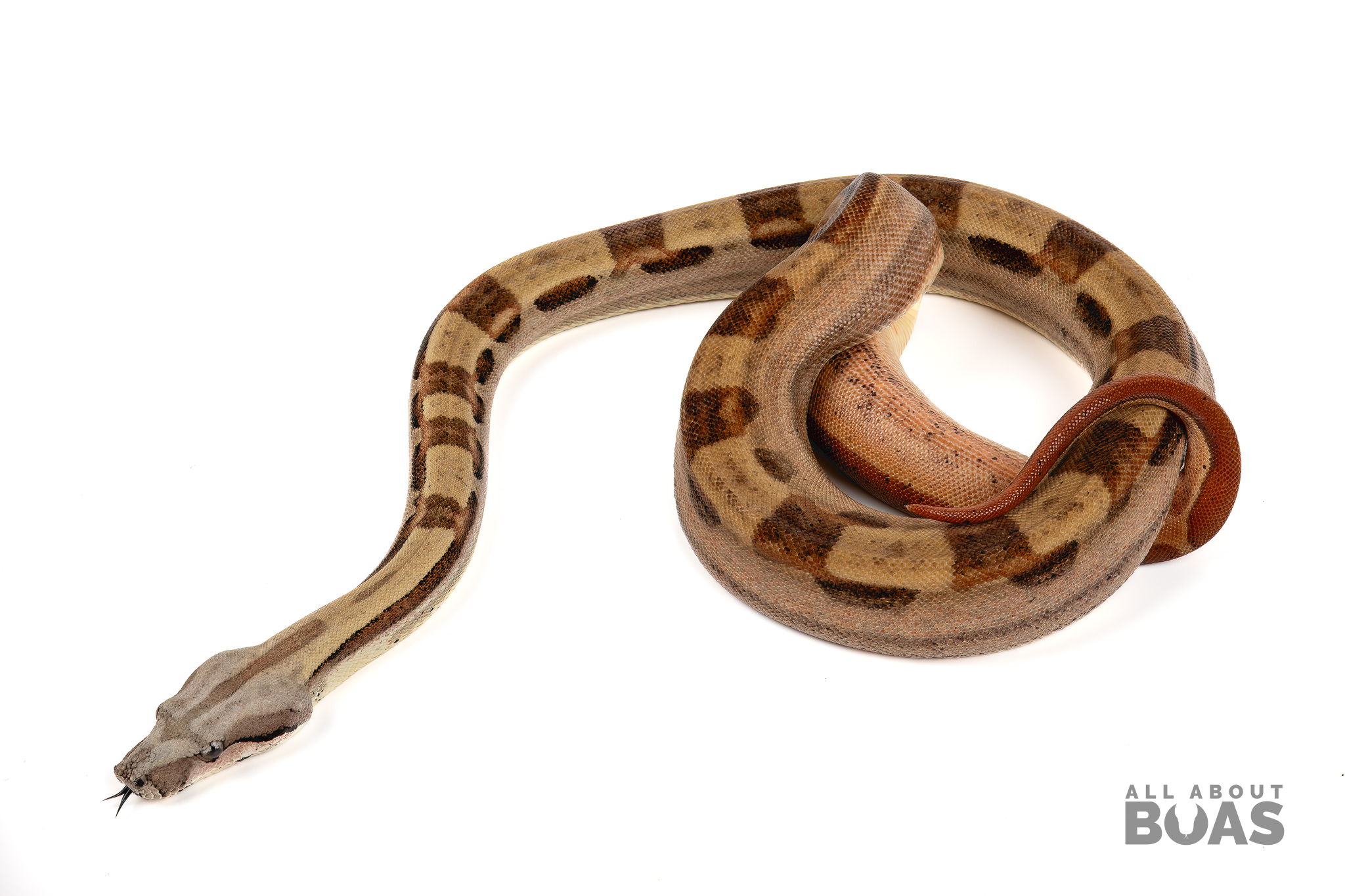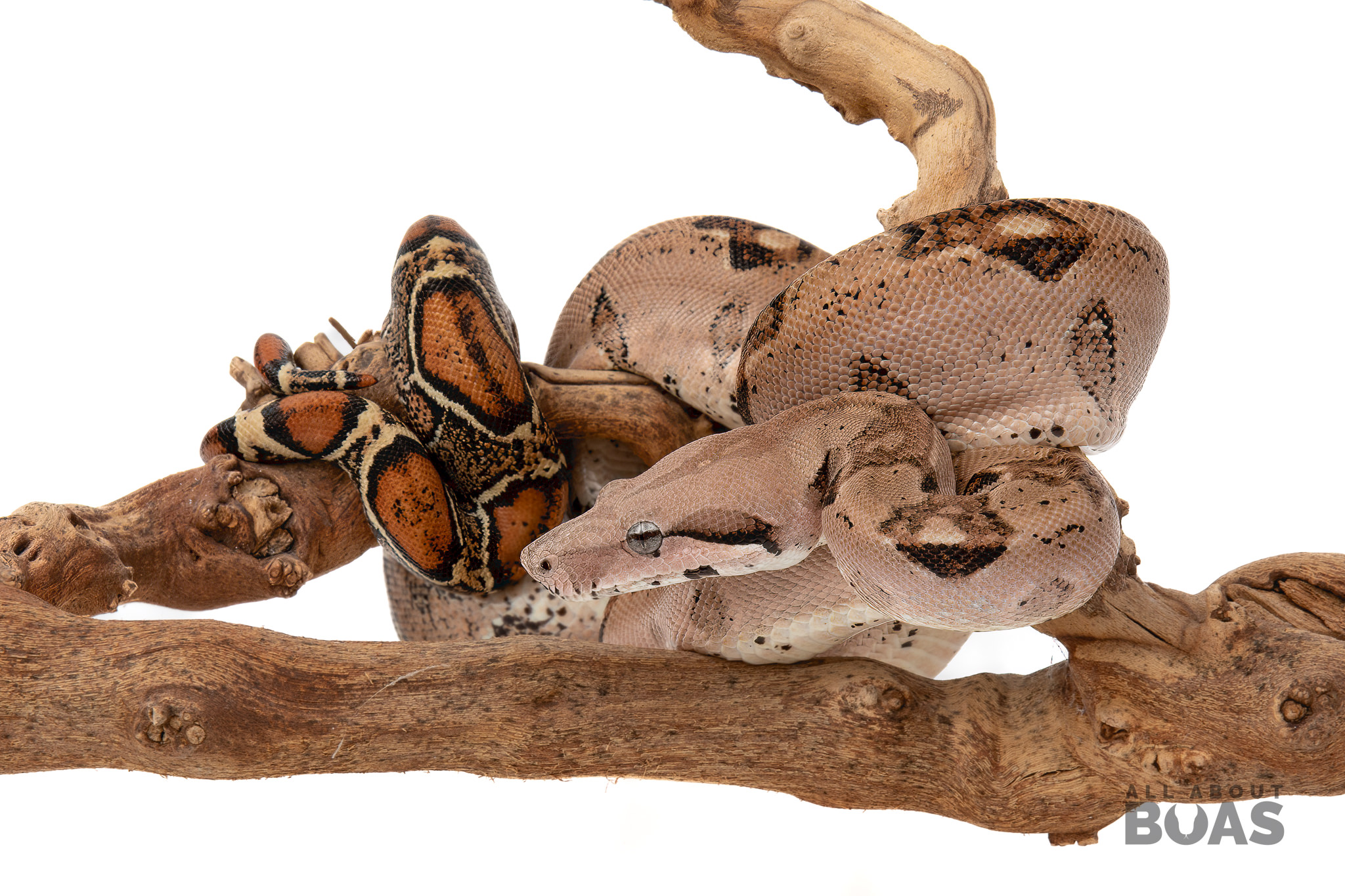
Designer morphs, a term coined in the world of herpetology, refer to specific genetic variations within animal species, often reptiles, that result in unique and captivating physical traits. These traits can include striking color patterns, altered scale textures, or other distinctive features that set these individuals apart from their wild counterparts. In this article, we will delve into the science behind designer morphs, exploring the genetic mechanisms that underpin their creation and the ethical considerations associated with their popularity.
Understanding Genetics and Variation
At the core of designer morphs lies the intricate dance of genetics. Every living organism's traits are determined by its genetic makeup, encoded in the DNA. Genes are segments of DNA that carry instructions for building and maintaining the organism's body. Through a process known as genetic variation, different combinations of genes can lead to diverse traits within a species.
Mutation and Selective Breeding
Designer morphs are often the result of genetic mutations. These mutations can occur naturally, leading to unexpected changes in an organism's appearance. In the context of designer morphs, these mutations are harnessed and propagated through selective breeding.
Selective breeding involves choosing individuals with specific desirable traits, in this case, unique physical characteristics, and allowing them to reproduce. Over generations, these selected traits become more pronounced, resulting in a lineage of animals with the desired morphological features. It is important to note that this process should be conducted responsibly and ethically to ensure the well-being of the animals involved.
Types of Designer Morphs
Designer morphs are not limited to a single species but are prevalent in various reptiles, including snakes, geckos, and lizards. In the realm of snakes, popular designer morphs include the Ball Python, Boa Constrictor, and Corn Snake. These morphs showcase a stunning array of colors, patterns, and scale variations, captivating reptile enthusiasts around the world.
Ethical Considerations
While designer morphs are undeniably fascinating, ethical concerns surround their breeding and ownership. Unscrupulous breeding practices, such as inbreeding to enhance specific traits, can lead to health issues and reduced genetic diversity. Responsible breeding programs, focusing on the overall well-being of the animals and the preservation of genetic diversity, are essential in ensuring the long-term sustainability of designer morphs.
Conclusion
Designer morphs exemplify the marvels of genetic diversity within the animal kingdom. They offer a captivating glimpse into the intricate world of genetics and selective breeding. However, it is crucial to approach the creation and ownership of designer morphs with responsibility and ethical awareness. By appreciating these unique creations while promoting the welfare of the animals involved, enthusiasts can contribute to the continued fascination and study of genetic variations in the natural world.




